As a dog owner, I will be the first to admit that I often treat my fur babies more like human babies than dogs.
Dogs like these get the best of both worlds. They get pampered like people, and even get a taste of human food once in a while. Then unlike people, they get to sleep all day instead of having grown up responsibilities.
If I'm being honest, sometimes I secretly wish that I could trade places with my dog for a day or two. This is never more true than when I wake up with a huge breakout and wish that I could hibernate it away.
With that said, dogs aren't immune to the perils of pimples. In fact, canine acne can be a painful problem for dogs, especially ones with short hair according to petMD.
You probably know not to use your personal spot treatment on your pup, but there are some things you can do to help his condition:
Thumbnail: Instagram / puppysprinkles
Why Do Dogs Get Pimples?
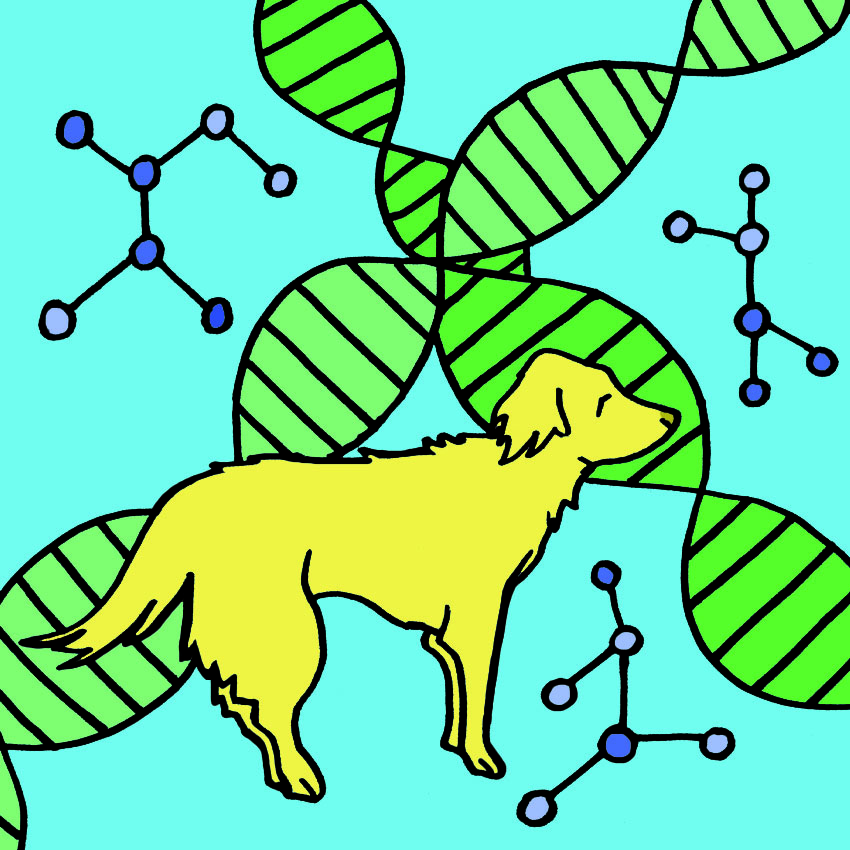
Believe it or not, dogs get pimples for a lot of the same annoying reasons people do.
According to Cesar's Way, most dogs will develop pimples during their adolescence.
Luckily, acne doesn't cause emotional distress in dogs like it does for some people but it can be uncomfortable.
Dog acne might be most prevalent during their formative years (or rather, months) but some dogs can get it throughout their lives. Hormones, genetics, hygiene and trauma can all contribute.
Some breeds, such as ones with short hair are more prone than others. It can usually be found around their exposed skin areas like the snout, chin or genital area.
Acne Type 1: Superficial Acne
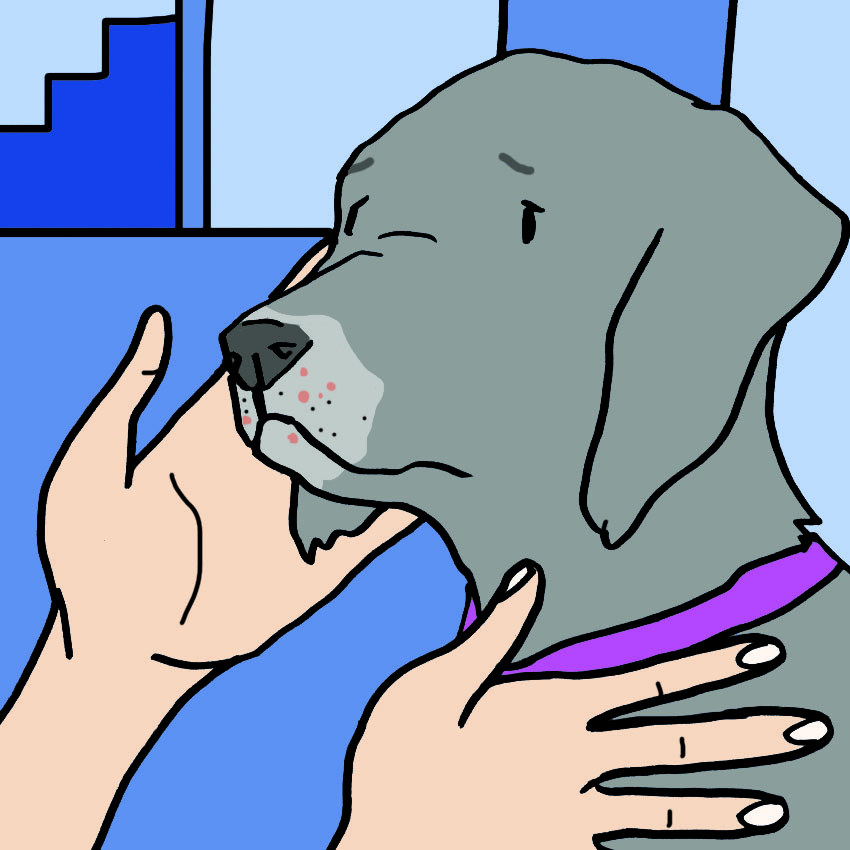
As the name suggests, superficial acne develops on the surface of the dog's skin.
These pimples might even look eerily similar to one you might have had in the past.
Dogsacholic explains that this kind of acne is thought to be caused by bacterial infections and trauma that irritates follicles on your pup's skin.
Acne Type 2: Juvenile Acne
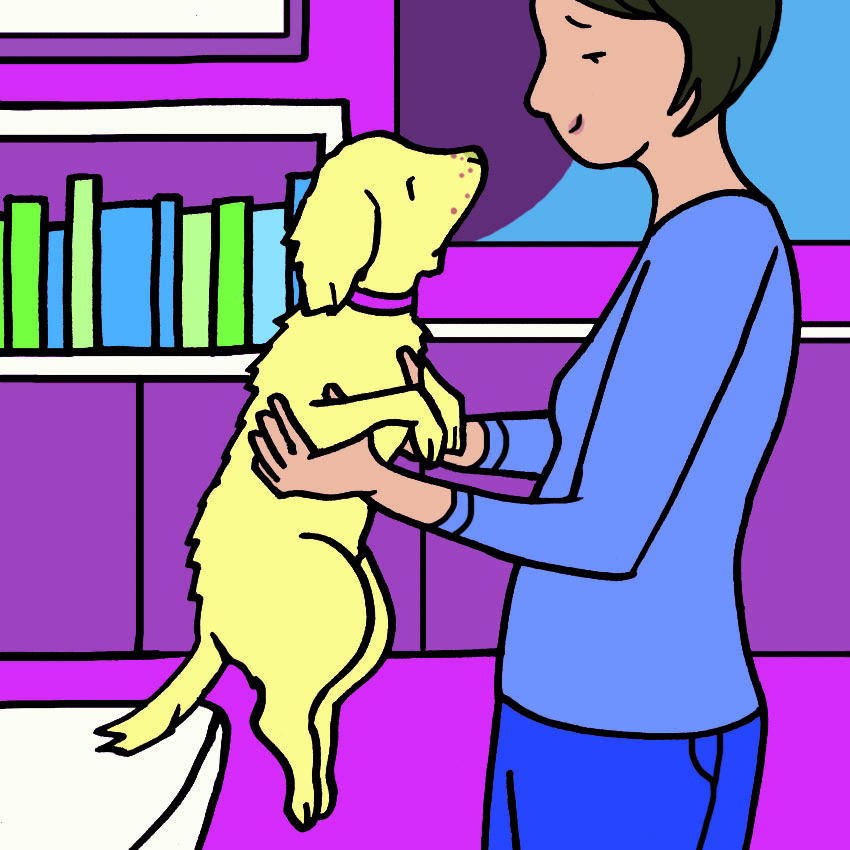
Again, like people, hormones play a big role in contributing to acne for dogs.
Dogs hit puberty a lot sooner than people do according to dog years. Therefore, it's normal to see acne develop around their sixth month or so.
If this is the case, the acne should clear up by the time they begin eating adult dog food.
Acne Type 3: Nasal Acne

One potential cause of canine acne is trauma. This sounds scary, but often, it's just a case of your dog sticking their nose where it doesn't belong.
If your dog likes to dig in the dirt and otherwise sniff around, he might be doing so a little too aggressively.
Not only will the impact irritate his skin, but so will the dirt. Hence, the development of a pimple or two.
Acne Type 4: Hyperkeratosis
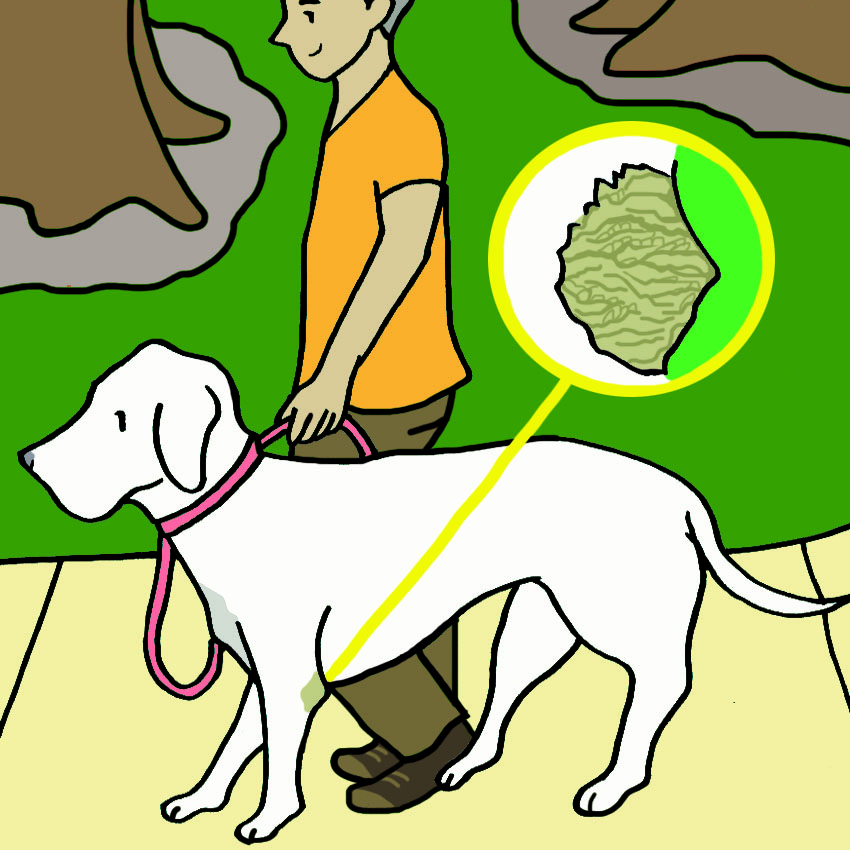
A condition called hyperkeratosis can occur in some dogs and cause callous appearing growths.
Canine Journal explains that this is caused by your dog producing too much keratin and leads to thickening of the skin. They aren't actually pimples per say, but can have a similar appearance.
This condition especially affects Golden Retrievers and Labradors.
Acne Type 5: Interdigital Acne
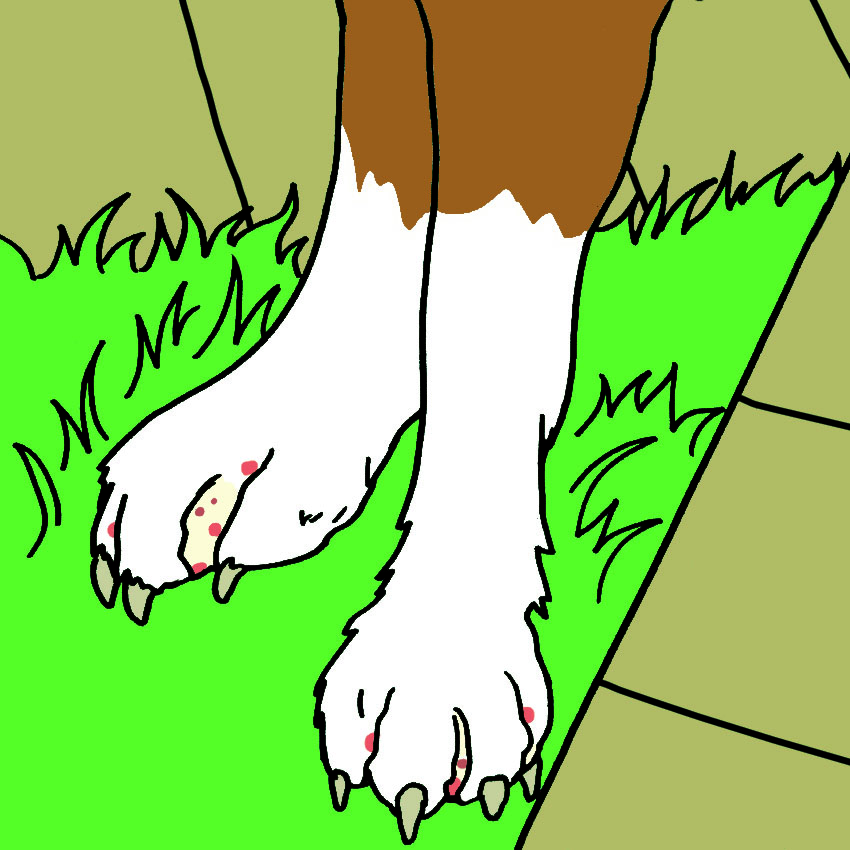
Interdigital acne is formally called Furunculosis by Vet Info.
The condition is characterized by the recurrence of boils that can develop between your dogs paws.
The short bristly hairs between your dogs toes may be what is causing this skin irritation as follicles are forced into the skin as he walks.
What Home Treatments Should You Try?
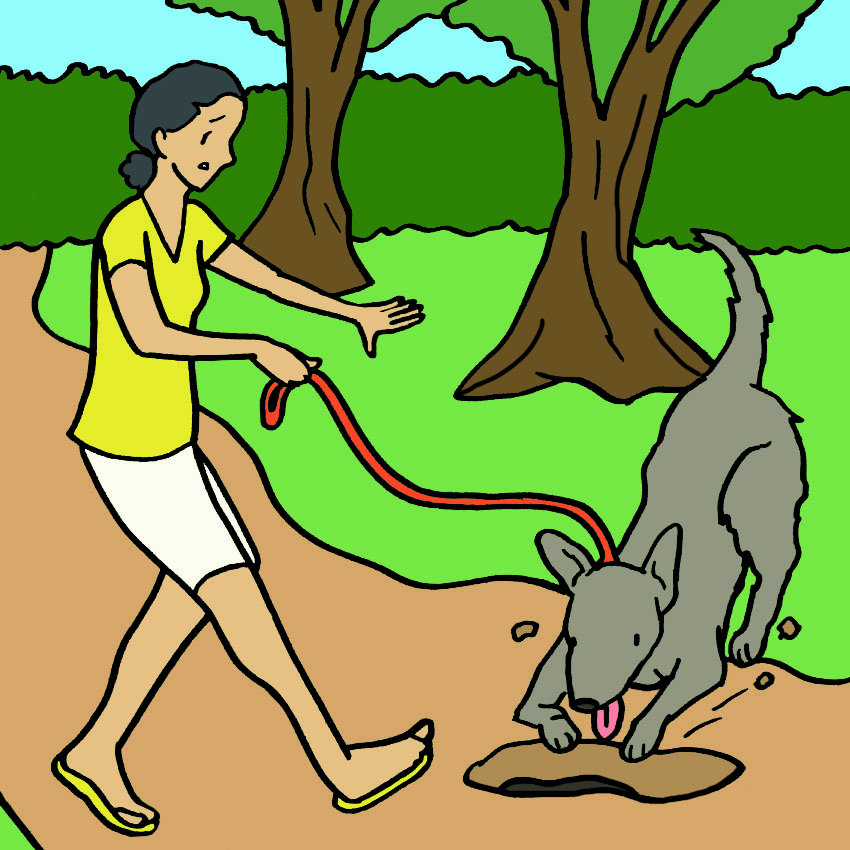
Most of the time, your dogs acne is probably just a normal part of their being a teenager and will go away.
However, if the problem persists and your dog is scratching and irritating the area further, you might want to try at home treatments.
These can include medicated shampoos, and topical treatments. Again, make sure everything you use on your dog is safe for him.
If your dogs walking or digging behavior is causing their acne, then you could try to curb their behavior until the problem has gone away.
When To Go To The Vet:

The worst pimples not only look bad, but are painful too. If your dog is visibly bothered by their skin condition, you might want to visit your vet.
Moreover, their issue could be caused by an allergic reaction, or an underlying condition only a vet can uncover.
It is also a good idea to go straight to the vet if your dog has sensitive skin, and might react badly to over the counter treatments sold at your pet supply.
Please SHARE this information with your fellow dog owners!




